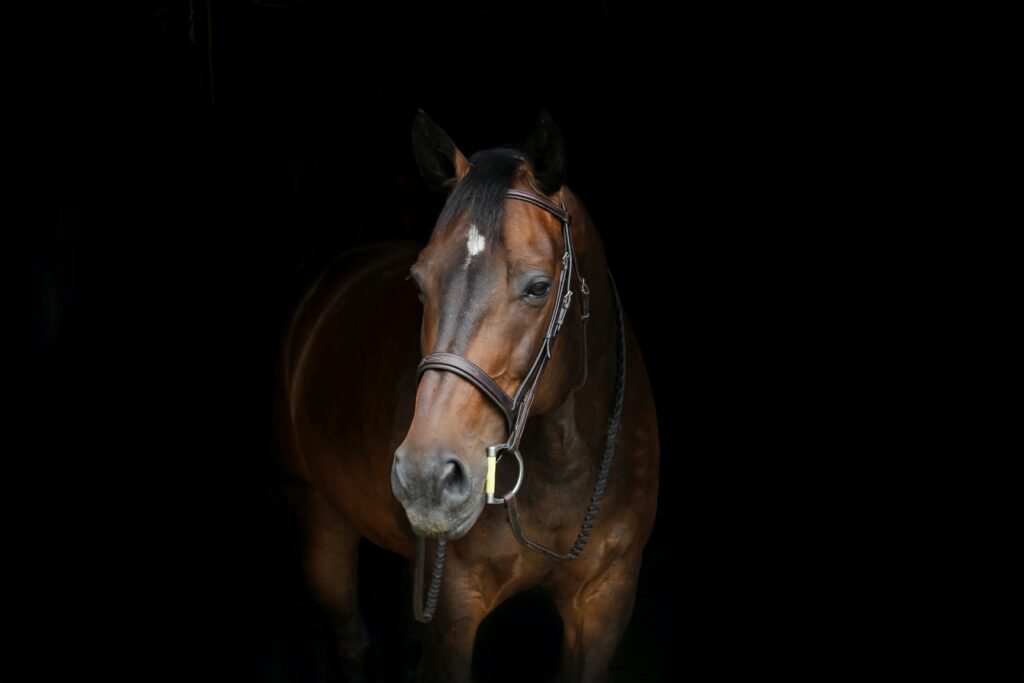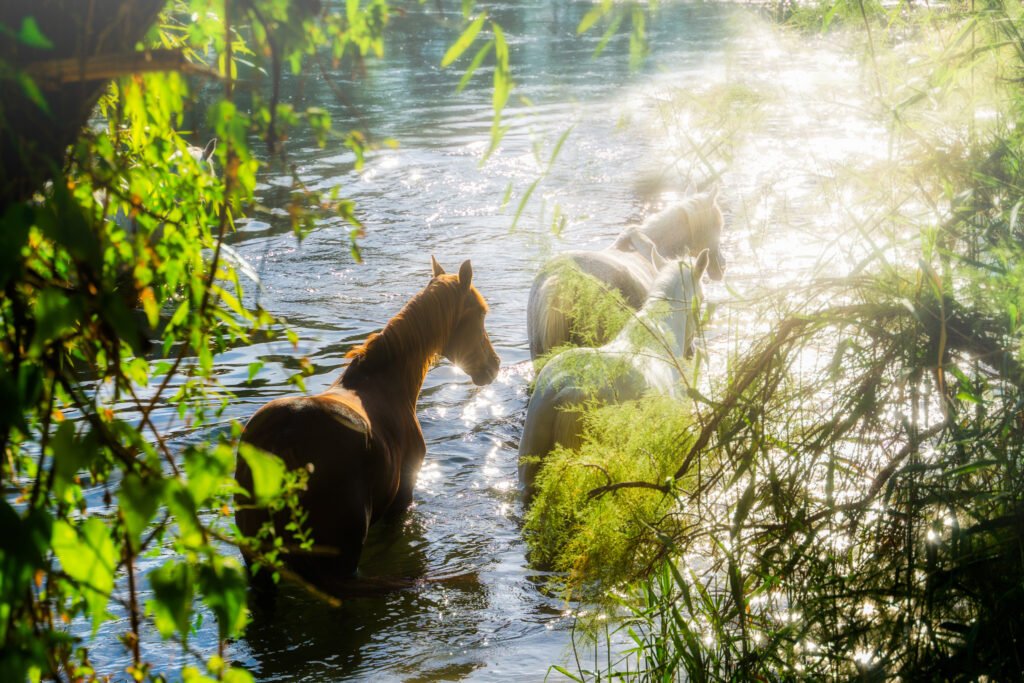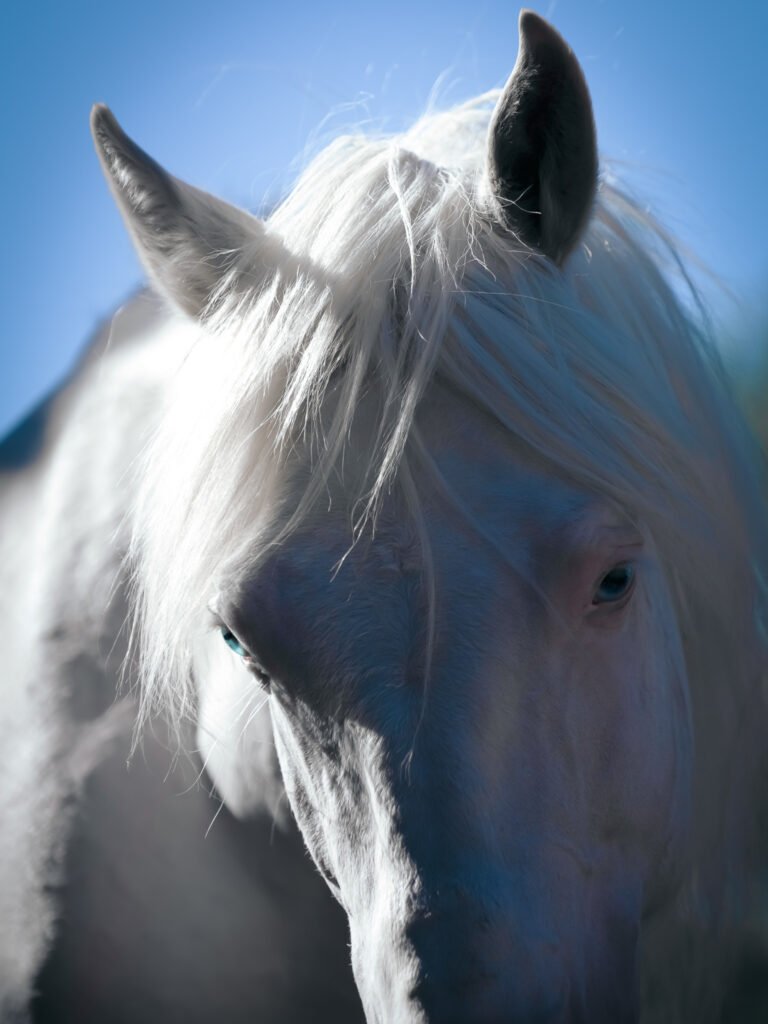Equine photography is a captivating art form that allows photographers to immortalize the beauty, grace, and power of horses. Whether you’re an experienced equine photographer or just starting out, mastering the essential tips and techniques can elevate your skills and help you create stunning images. In this blog post, we will explore valuable insights and practical advice to enhance your equine photography prowess. From understanding horse behavior to composition techniques, this guide will equip you with the knowledge to capture majestic moments with precision and artistry.

Build Trust and Establish a Connection:
Before even lifting your camera, it’s crucial to establish trust and a connection with the horse you’ll be photographing. Spend time getting acquainted with the horse, observe their behavior, and allow them to become comfortable in your presence. Patience and a calm demeanor are key to building trust. By fostering a bond of trust, you’ll be able to capture the horse’s genuine expressions and showcase their unique personality in your photographs.
Mastering the Art of Composition:
Composition plays a vital role in equine photography. Here are some composition techniques to consider:
a. Rule of Thirds: Imagine dividing your frame into a 3×3 grid, and position the horse along the intersecting lines or at the points where the lines converge. This creates a balanced and visually pleasing composition.
b. Leading Lines: Utilize the natural lines in the environment, such as fences, paths, or trees, to guide the viewer’s eye towards the horse. This adds depth and visual interest to your images.
c. Negative Space: Experiment with incorporating negative space, allowing the horse to occupy a smaller portion of the frame. This technique emphasizes the horse’s presence and creates a sense of solitude or freedom.

Understanding Horse Behavior:
To capture authentic and emotive equine photographs, it’s essential to understand horse behavior. Observe their body language, learn to anticipate their movements, and recognize the subtleties of their expressions. This knowledge will enable you to capture powerful moments that reflect the horse’s character and evoke an emotional response from viewers.
Utilizing Natural Light:
Lighting can make or break an equine photograph. Whenever possible, opt for natural light and take advantage of the golden hour—the period shortly after sunrise or before sunset when the light is soft and warm. Avoid harsh midday sunlight, as it can create unflattering shadows. Experiment with different angles and positions to maximize the soft, diffused light and create a magical ambiance in your images.

Patience and Timing:
Equine photography requires patience and the ability to anticipate the perfect moment. Be prepared to wait for those fleeting instances when the horse’s movement, expression, and light align perfectly. Patience, coupled with impeccable timing, will reward you with captivating images that encapsulate the essence of equine beauty.
Post-processing and Enhancements:
Post-processing is a valuable tool to enhance your equine photographs. Consider using software such as Adobe Lightroom or Photoshop to fine-tune exposure, contrast, and colors. Maintain a balance between enhancing the image and preserving its authenticity. Retain the natural beauty of the horse while creating a visually striking composition.

Essential Equipment for Equine Photography:
While skill and technique are paramount in equine photography, having the right equipment can significantly enhance your results. Here are some essential tools to consider:
a. Camera Body: Invest in a DSLR or mirrorless camera with a high-resolution sensor and good low-light performance. Look for a camera with fast autofocus capabilities to capture the horse’s movements with precision.
b. Lenses: A versatile lens kit is essential for equine photography. Start with a mid-range zoom lens (e.g., 24-70mm) for capturing a variety of compositions and environmental shots. Additionally, a telephoto lens (e.g., 70-200mm) allows you to photograph horses from a distance while maintaining image quality and isolating them from the background.
c. Tripod or Monopod: Stable support is crucial, especially when shooting in low light or capturing fast-paced action. A sturdy tripod or monopod can help reduce camera shake, resulting in sharper images.
d. Reflectors and Diffusers: Reflectors and diffusers are useful tools for manipulating light during equine photography sessions. Reflectors can bounce light onto the horse, filling in shadows, while diffusers soften harsh light and create a more flattering illumination.
e. Remote Shutter Release: Using a remote shutter release allows you to trigger the camera without physically touching it, minimizing the risk of camera shake. This is particularly useful when capturing horses in motion or in situations where you need to maintain a distance from the horse.
f. Lens Cleaning Kit: Keeping your lenses clean is essential for capturing crisp and clear images. Carry a lens cleaning kit with microfiber cloths, a blower brush, and lens cleaning solution to maintain optimal image quality.
Remember, while having quality equipment can enhance your photography, it’s ultimately your skills and creativity that will make the difference. Invest in equipment that suits your budget and needs, and continuously strive to improve your technique to create captivating equine photographs.

Equine photography is an art that combines technical skill, an understanding of horse behavior, and a passion for capturing extraordinary moments. By building trust, mastering composition techniques, understanding horse behavior, utilizing natural light, and exercising patience and timing, you can elevate your equine photography to new heights. Remember to continuously experiment, adapt, and let your creativity flow. Armed with these tips and techniques, you’re now ready to capture the grace and majesty of horses in stunning visual narratives that will leave a lasting impression.

